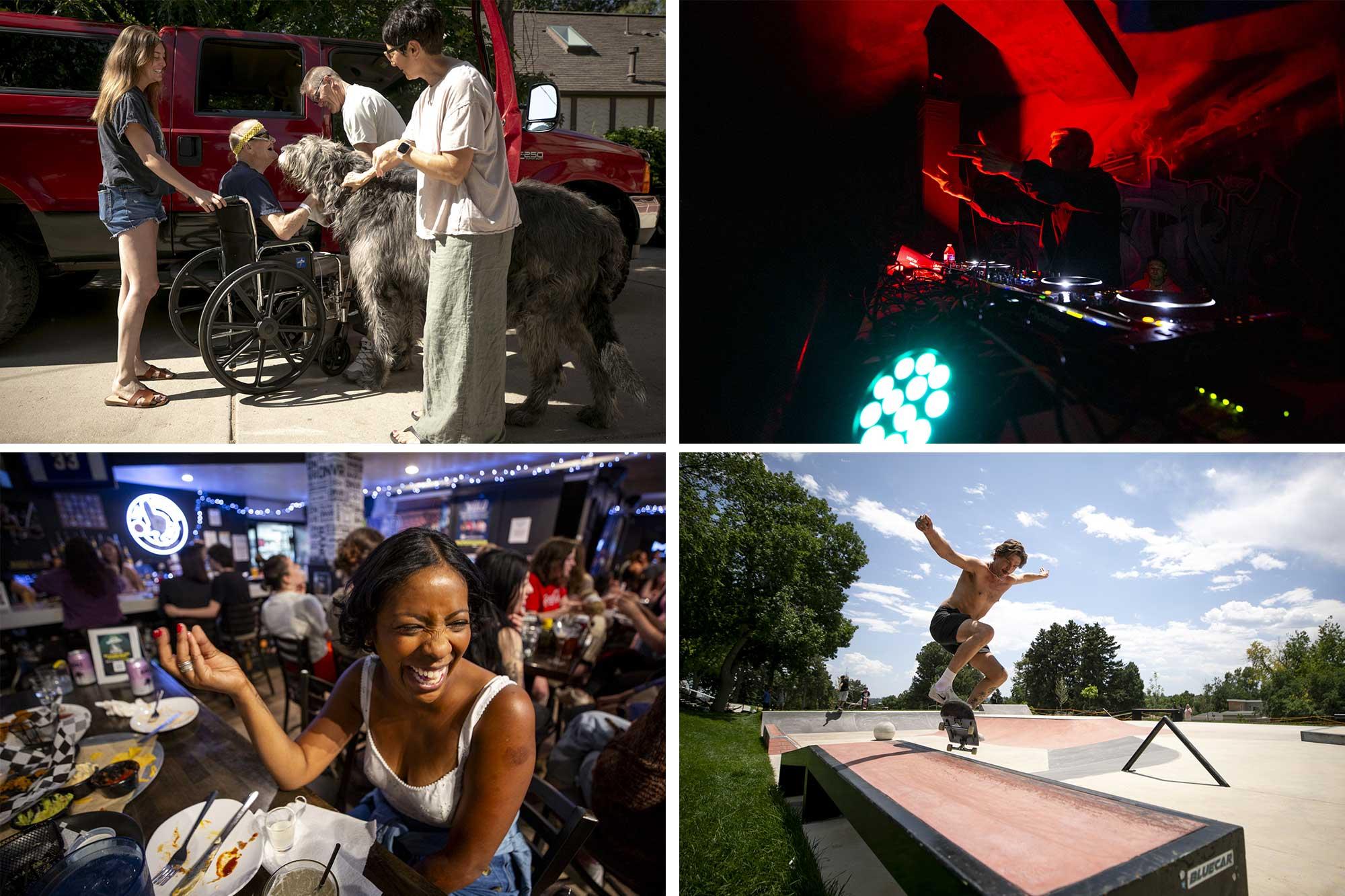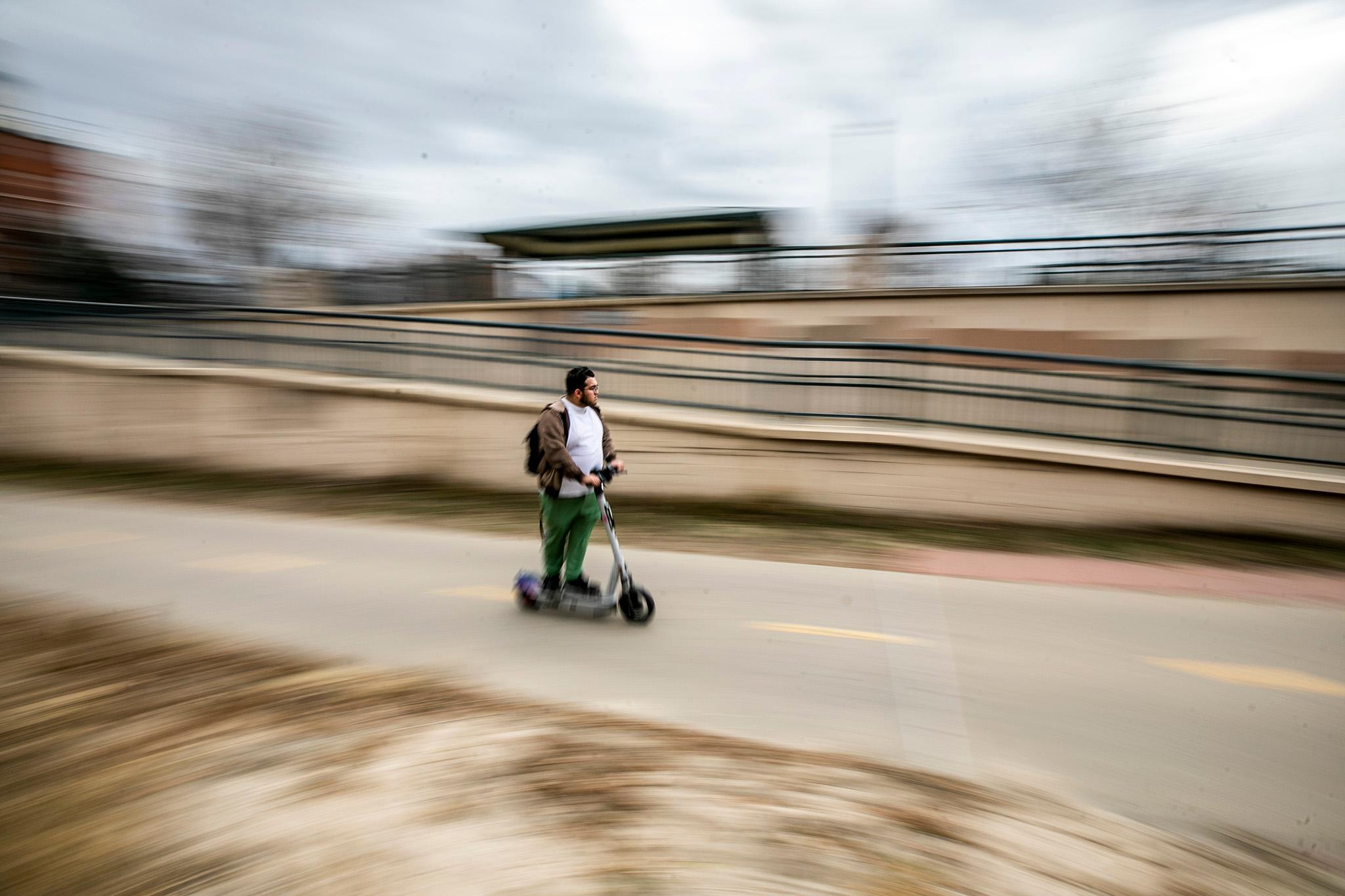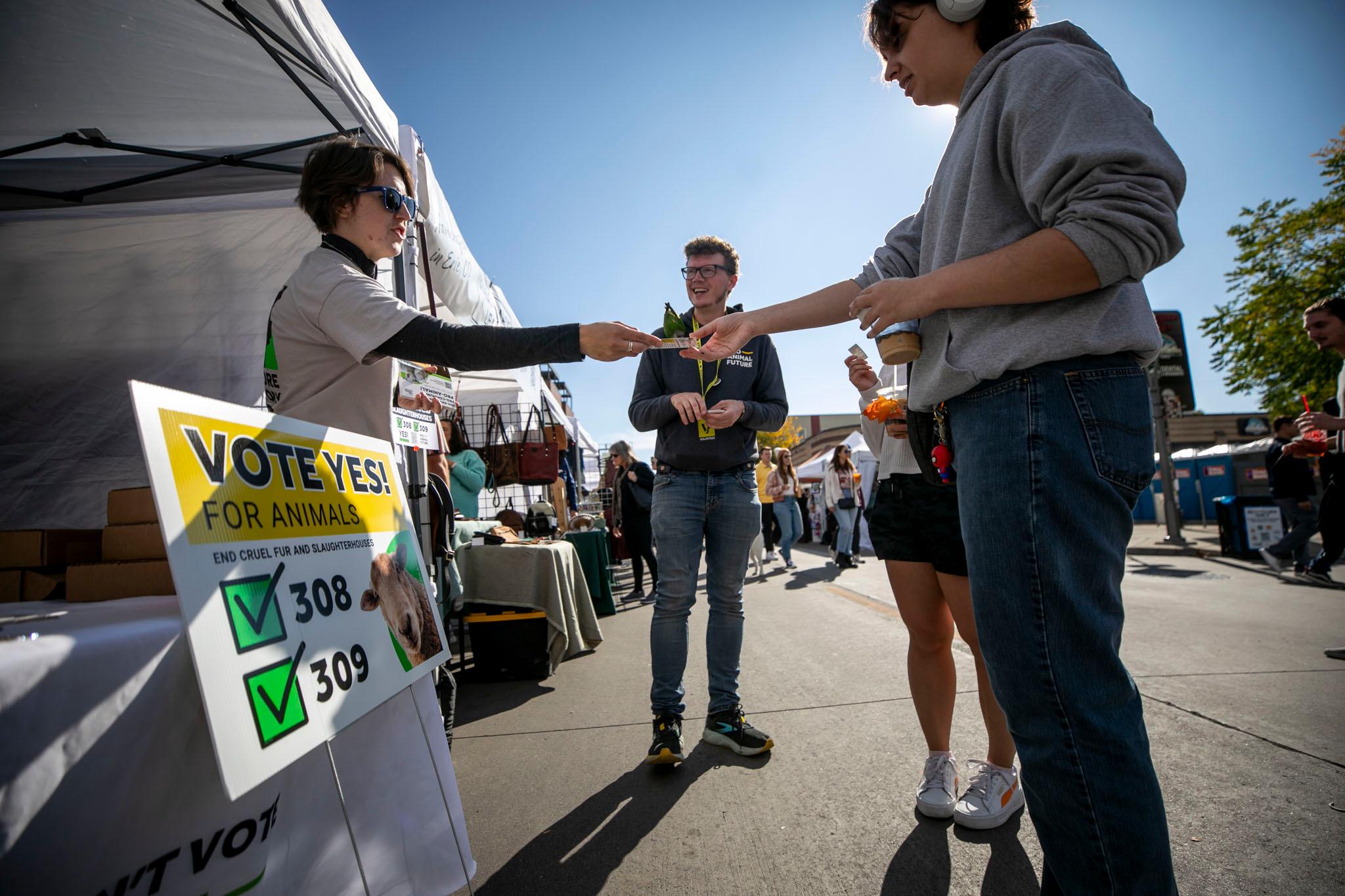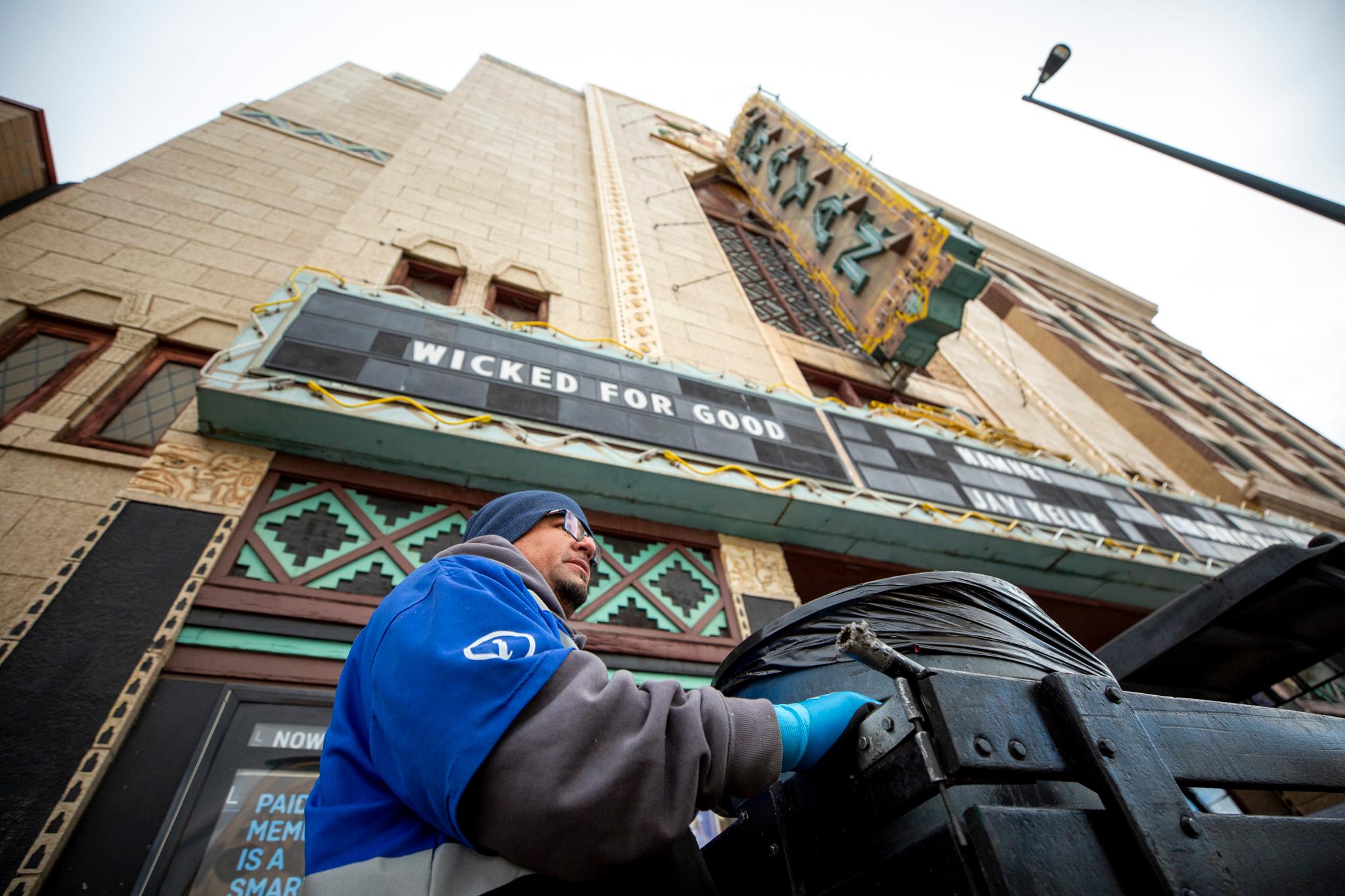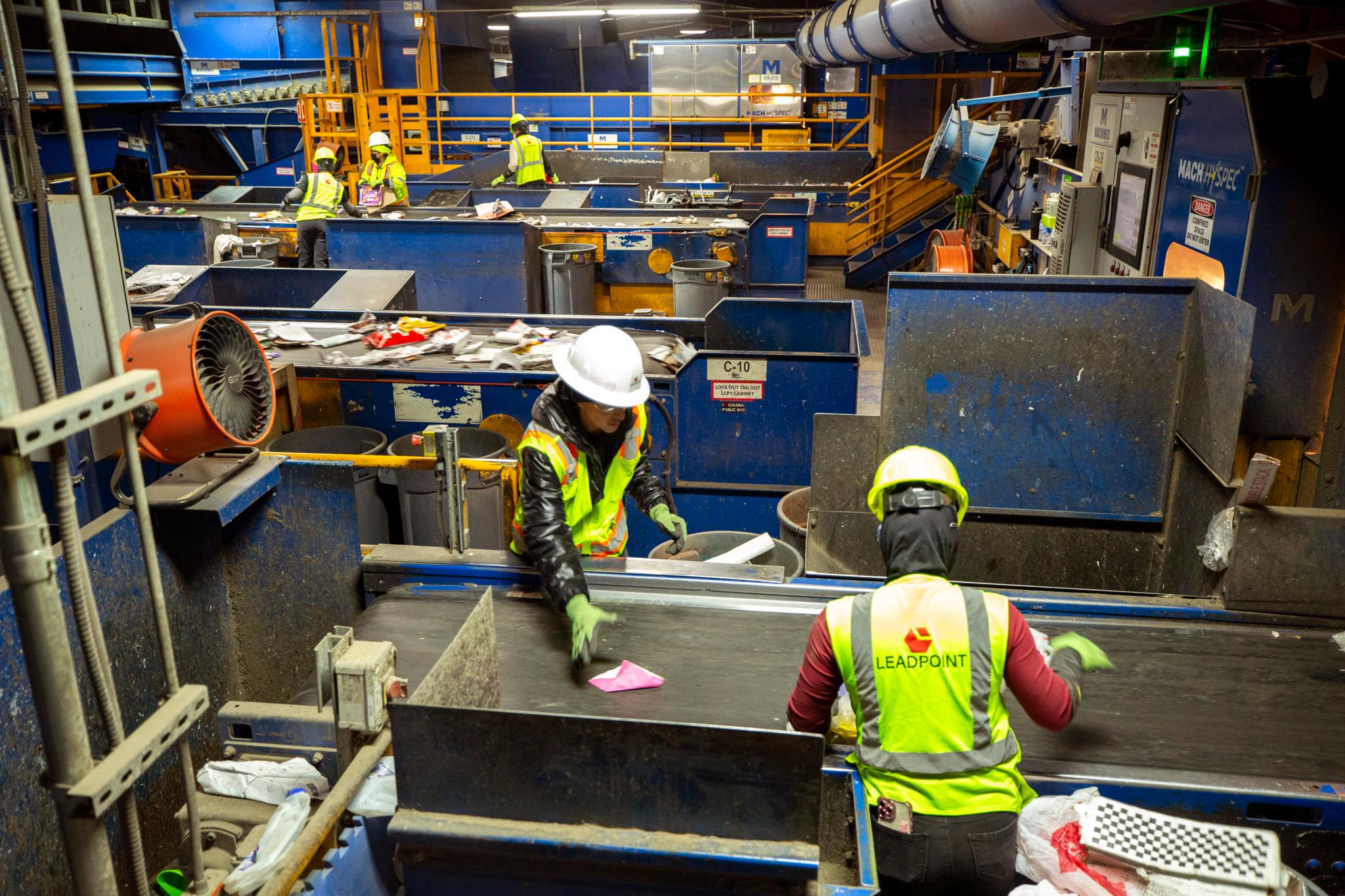The Colorado Department of Transportation wants to widen over two miles of South Federal Boulevard to make space for bus lanes.
Project leaders say the extra space will be needed to preserve two vehicle lanes in each direction on a busy stretch of Federal. Cutting the road down to one lane would send too many drivers onto side streets, they say.
“There are places where traffic calming through road diets and otherwise is the best option,” said CDOT Executive Director Shoshana Lew, adding: “But that's not always the answer.”
But some bus riders, advocates and at least one member of the Denver City Council worry the changes would make Federal Boulevard even more dangerous than it already is.
The new bus lanes are a key part of a planned bus rapid transit line along nearly 18 miles of Federal.
CDOT fast-tracked the project, which it has estimated at $300 million, after it overhauled its transportation agenda to comply with state mandates to lower climate emissions.
Several bus rapid transit lines are planned on arterial streets across the Denver metro that, like Federal, double as state highways.
Unlike local buses, the rapid routes — known as BRT lines — are generally designed for speed and comfort. They typically stop at amenity-rich stations that are spaced further apart, buses are given priority at intersections, and passengers can board through any of the vehicle's doors.
In some cases, buses also get their own lanes. Bus lanes are often the most controversial part of a BRT project because they have the greatest potential to disrupt the status quo on busy, dangerous roads.

But climate and road safety advocates say disruption is a welcome feature of BRT projects — not a bug. The state’s car-dominated transportation system has Colorado on track to miss upcoming climate goals and Denver officials have struggled to get a handle on growing traffic deaths in the last decade.
CDOT’s preferred plan for Federal, if it can find the money for it, would split the difference between a road diet that would surely make motorists fume and a full-bore expansion of the road.
Under a developing plan that CDOT officials stressed isn’t yet final, the agency would convert one of the three southbound vehicle lanes between Alameda and Jewell avenues to a bus lane. CDOT would use mostly existing right-of-way to widen the road just enough to accommodate a new northbound bus lane over roughly the same length. The road would be widened between Evans and Jewell avenues for bus lanes in each direction.
That design is similar to the recommendation that came out of a city-led Federal BRT study in 2022.
Bus riders worry a wider Federal will be more dangerous.
A Denverite reporter roamed South Federal for a few hours on Monday morning and spoke with a handful of bus riders about the prospect of a wider road.
“I think it’d be a bad idea,” said Kelly Faison as she prepared to board an RTD bus on south Federal on Monday. “[It would] probably be more dangerous.”
Many riders declined to be recorded and refused to give their names, but nearly all said safety was a top concern.
“Wider lanes just means more time that it would take for a pedestrian to cross, and they’re already being run over,” said Carolyn, an elderly woman who declined to give her last name but said she walked across Federal often.
Carolyn said she tries to look in “every direction the whole time that I’m crossing because somebody act like they want to run me down even as I have the light.”
Denver planners have long identified South Federal as one of the most dangerous corridors in the city. Its recent Vision Zero action plan called for “immediate remedial safety work” on it, saying the stretch between Alameda and Yale saw eight traffic-related deaths between 2016 and 2021.
Jamie Torres, the city councilor who represents some neighborhoods along Federal, said she is “totally against” widening the boulevard — even for the addition of bus lanes.
“I think residents are exactly on point around how difficult it is already to cross a six-lane highway,” Torres said.

Ryan Noles, CDOT's bus rapid transit program manager, said they are also considering new safety features for pedestrians — rebuilt sidewalks, signals timed to give walkers more time to cross, and mid-block crossings, for example.
Jill Locantore, executive director of the Denver Streets Partnership, called such changes “helpful but marginal.” The root problem, she said, is Federal’s width.
“Because that encourages drivers to go faster and just increases pedestrian exposure to traffic,” Locantore said.
Locantore wants planners to go all-in on buses, like they are on Colfax.
The Denver-led East Colfax BRT project will narrow the road to just one vehicle lane in each direction from Broadway to the Aurora border.
“If it can work on Colfax, why can't it work on Federal?” Locantore asked,

But there are significant differences between the two roads. Colfax is a denser, more walkable corridor that was originally built around streetcars. Large parking lots and low-slung commercial buildings are far more common on Federal.
State data says Colfax sees less traffic on its soon-to-be-slimmer stretch, peaking at 30,000 vehicles a day near East High School, than the segment of Federal in question which tops out at 40,000 vehicles daily. The federal government says road diets typically are implemented on roads with daily traffic of 25,000 vehicles or fewer.
Mimi Luong, who owns Truong An Gifts in the Far East Center, said she’s supportive of better bus service on Federal — she’s suggested new Asian-themed bus stations too. She just visited South Korea and loved using the bus system there.
But she said Federal needs to stay at least two lanes across.

“Honestly, this is Colorado,” she said, adding: “You need a car for everywhere you go.”
Torres said the idea of a one-lane Federal Boulevard seemed “pretty limited,” but said CDOT’s have-it-both-ways proposal makes it seem like they aren’t confident in BRT’s ability to shift drivers to transit riders.
“It seems like we don't quite know that BRT will work or not,” Torres said.
Lew, CDOT’s executive director, said her goal is to give travelers “as many safe sustainable choices as possible.” What CDOT eventually does with Federal will also be determined by how much money the federal government pitches in, Lew added.


